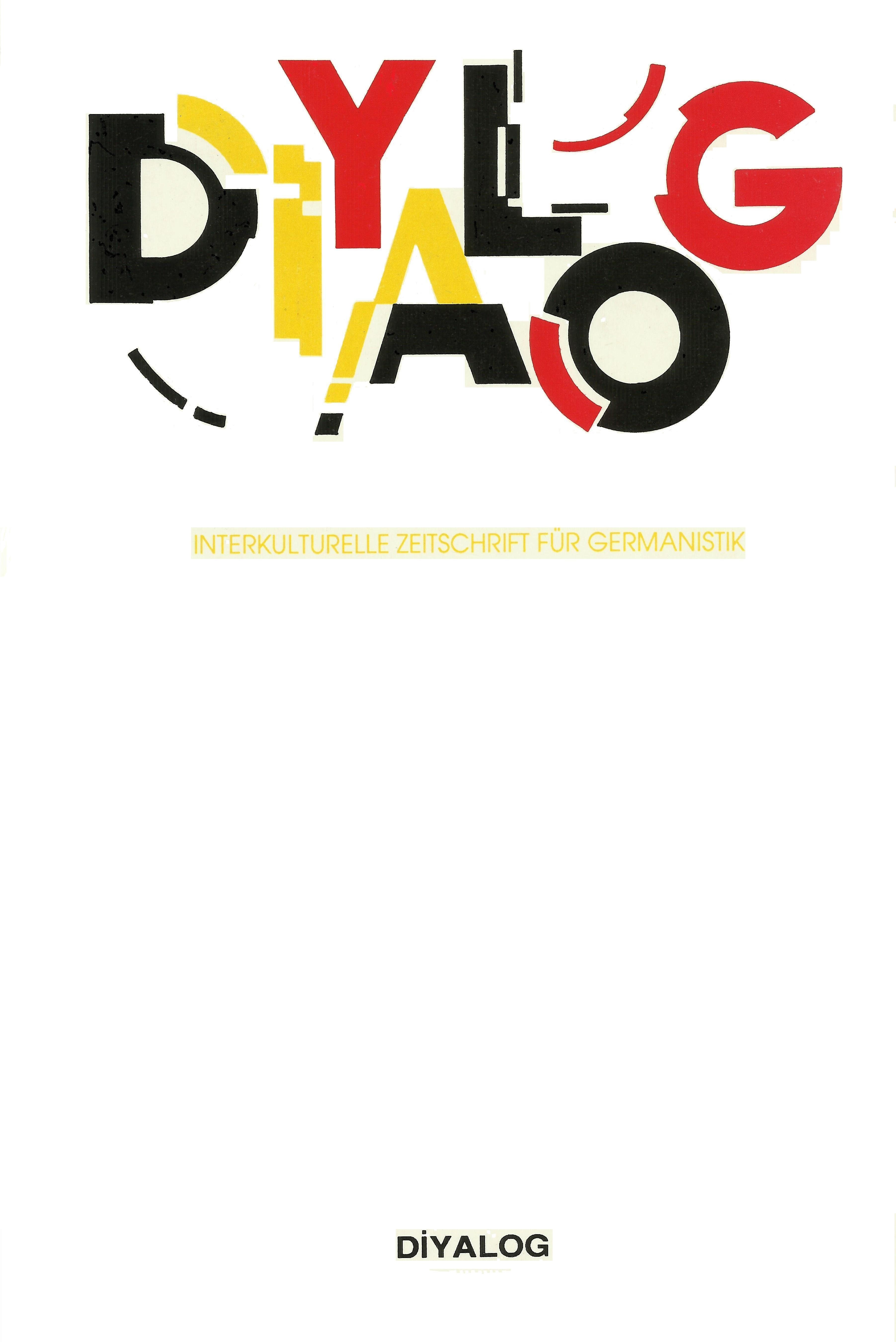Yabancılar için Almanca ve Türkçe ders kitaplarında itici ve çekici olarak kalıplaşmış yargılar
Kültür, kalıplaşmış yargı, yabancı dil eğitimi, yanlış anlama, algı
Stereotypes in GFL and TFL coursebooks as disruptive or constructive influence
culture, stereotypes, misunderstanding, foreign language teaching, awareness,
___
- Aufderstraβe, Hartmut / Müller, Jutta / Storz, Thomas (2006): Lagune Kursbuch 2 Deutsch als Fremdsprache. Hueber Verlag.
- Aslan, Ferhat (2012): Istanbul Yabancılar İçin Türkçe Ders Kitabı A2. İstanbul: Kültür Sanat Basımevi.
- Apeltauer, Ernst (ed.) (2002): Interkulturelle Kommunikation. Deutschland – Skandinavien – Großbritannien. Tübingen: Narr.
- Doyé, Peter (1993): Stereotypen im Fremdsprachenunterricht. In: Földes, Csaba (Hrsg.): Germanistik und Deutschlehrerausbildung. Szeged / Wien: Edition Praesens, S. 267-276.
- Duckitt, John (1994): The Social Psychologie ofPrejudice, Praeger Publishers: Westport.
- Grünewald, Matthias (2005): Bilder im Kopf. Eine Longitudinalstudie über die Deutschland- und Deutschenbilder japanischer Deutschlernender. München: Iudicium.
- Hansen, Klaus P. (2000): Kultur und Kulturwissenschaft. Eine Einführung. (2. Überarb. Aufl., Tübingen: UTB Wissenschaft
- Helbig, Gerhard / Götze, Lutz / Henrici, Gert/ Krumm, Hans-Jürgen (2001): “Fremdbilder und Fremdwahrnehmung”. In: Deutsch als Fremdsprache – Ein internationales Handbuch. Berlin: Walter de Gruyter S. 1168-1178.
- Hu, Adelheid (1995): Spielen Vorurteile im Fremdsprachenunterricht eine positive Rolle? In: Bredella, Lothar (Hrsg.): Verstehen und Verständigung durch Sprachlernen? Bochum: Brockmeyer, S. 487495.
- Katz, Daniel/ Braly, Kenneth (1933): “Stereotypes ofoneHundred College Students”. Journal of Abnormal andSocialPsychology 28, S. 280–290.
- Kraif, Ursula / Steinhauer, Anja (2007): Der Duden. Band 5 - Das Fremdwörterbuch 9. aktualisierte Aufl, Mannheim Bibliographisches Institut.
- Lippmann, Walter (1989): Die öffentliche Meinung. Übersetzung von “Public Opinion” (1922). Bochum: Brockmeyer.
- Löschmann, Martin/Stroinska, Magda (1998): “Stereotype, Stereotype und kein Ende”. In: Löschmann, Martin (ed.): Stereotype im Fremdsprachenunterricht. Frankfurt a. M., Lang: 7–33
- Maijala, Minna (2008): “Zwischen den Welten-Reflexionen zu interkulturellen Aspekten im DaFUnterricht und in DaF-Lehrwerken”. In: Zeitschrift für Interkulturellen Fremdsprachenunterricht S. 1-17. Ossenberg, Stefan / Baur, Rupprecht S. (2016): Wie kommen wir an die Bilder in unseren Köpfen? Zur Methodologie einer interkulturell anwendbaren Stereotypenerhebung. In: Linguistik Online 79/ 5 S. 9-24.
- Roche, Jörg (2001): Interkulturelle Sprachdidaktik – Eine Einführung. Tübingen: Gunter Narr Verlag.
- Schäfer, Bernd / Six, Bernd (1978) Sozialpsychologie des Vorurteils. Stuttgart: Kohlhammer.
- Sodhi, Kripal Singh/Bergius, Rudolf (1953): Nationale Vorurteile. Berlin: Duncker und Humblot.
- Spaniel, Dorothea (2002): “Methoden zur Erfassung von Deutschland-Images. Ein Beitrag zur Stereotypenforschung” . In: Info DaF-Informationen Deutsch als Fremdsprache 4/2002, S. 356368.
- Wagner, Katja (2008): Stereotype und Fremdsprachenunterricht – Über den Umgang mit Vorurteilen und Stereotypen im interkulturellen Fremdsprachenunterricht. Saarbrücken: Dr. Müller.
- ISSN: 2148-1482
- Yayın Aralığı: Yılda 2 Sayı
- Başlangıç: 2003
- Yayıncı: Germanistler Derneği
Tagungsbericht: XI. Internationaler Kongress der Germanisten Rumäniens
Dikkat Kafkaesk! Rolf Schneider’in Metamorphosen Adlı Öyküsünde Yazar İmgesi Üzerine
Deutung orientalischer Spuren im Hofmannsthals lyrischen Drama “Die Hochzeit der Sobeide”
“Türkçe Çevirmenler Sözlüğü” adlı sözlük için bir tasarı
Erkek Olmanın Zorluğu Üzerine – Wolfgang Hilbig’in Yaşamı ve Yapıtı
Almanca Öğretmenliği Öğrencilerinin Hata Analizi Yetileri Hakkında Bir Araştırma
